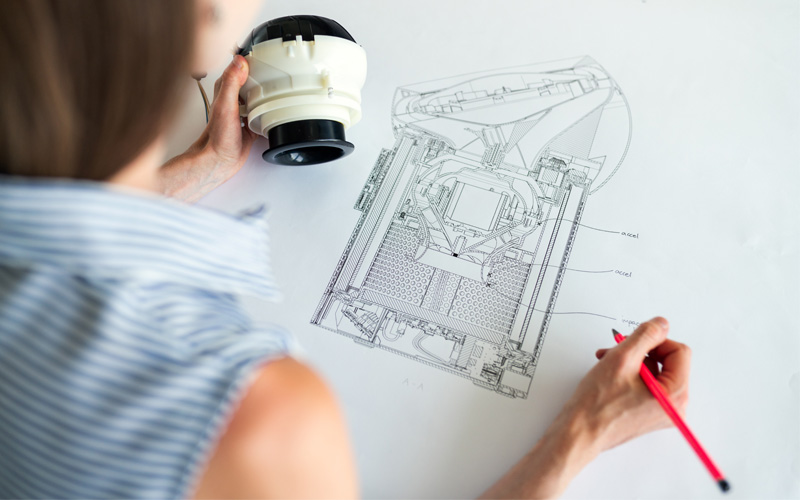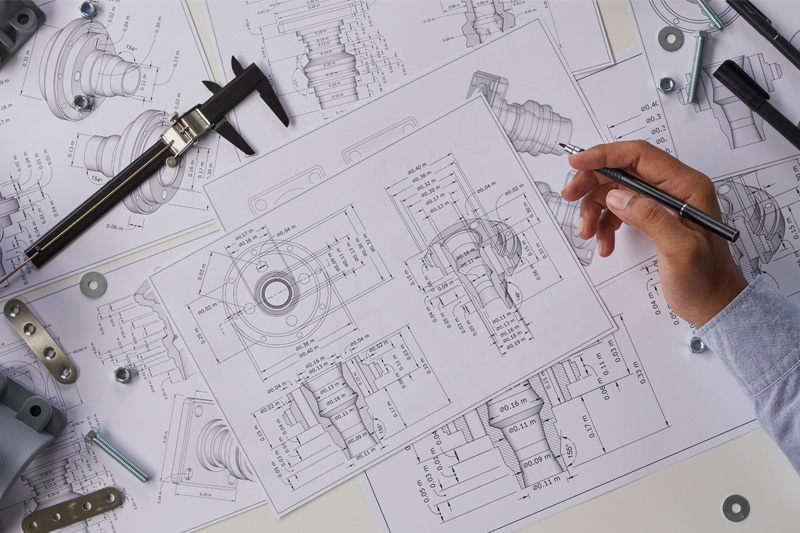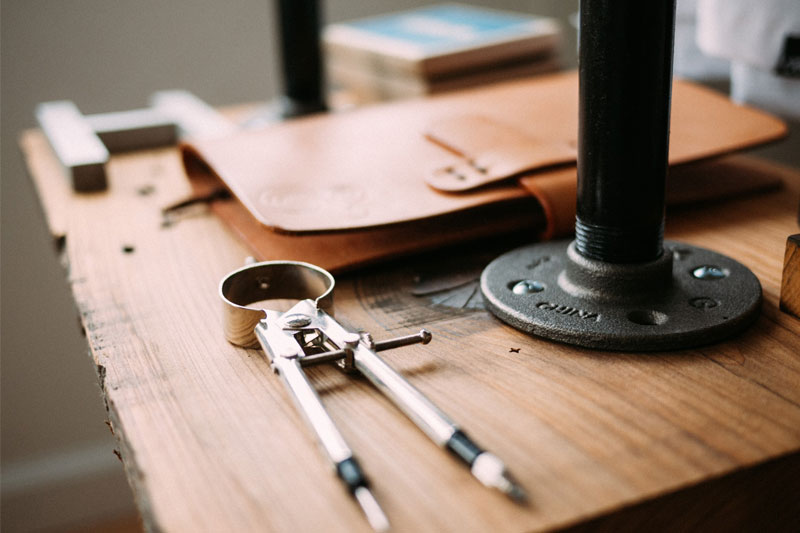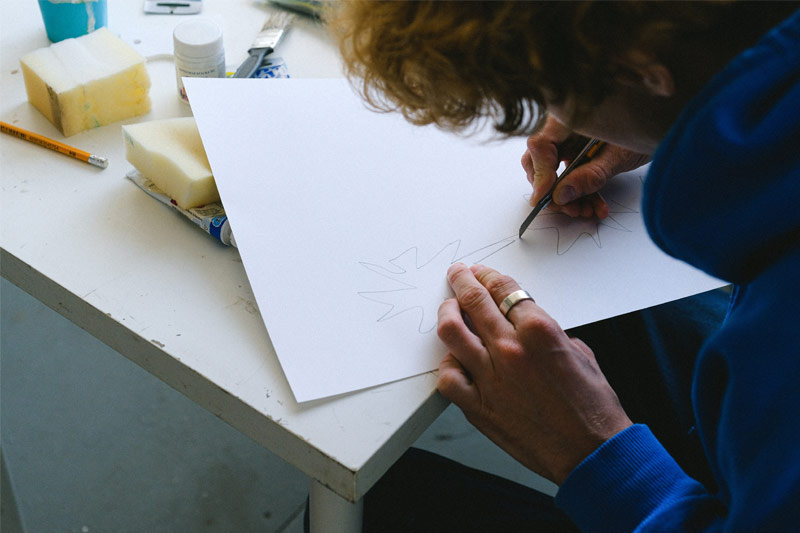All about Utility drawings rules for your Patent Filing

It is always Better to be Safe than Sorry with your Patent Drawings
October 27, 2020
Can Professional Patent Illustrators make or break your Patent Deal?
November 23, 2020
Utility drawing Services
All about Utility drawings rules for your Patent Filing
- Utility Drawings are drawings/illustrations that are helpful in describing a complex invention. In other words, we use utility patents to protect the functional and structural aspects of an invention. These illustrations/drawings play a key role in the process of the patent application. It is a general rule that the drawings of a more complex and hard to define invention should be simpler, accurate, and clearer.
- One can attempt to do Utility Patent Drawings on their own but it is not advisable to. If you want to ensure that your patent application does not get rejected then you can take help from a competent patent attorney and a patent illustrator.
What all is necessary for a perfect utility patent illustration, let us have a look:-

- All patent drawings that you attach with your patent application need to be black and white and not colored. The lines are dark and uniformly thick in the ideal drawing.
- The utility drawings do not contain any text in them except for the necessary words that help in explaining the drawing. Let us say for example “open” or “close”, etc. If a drawing contains any text then it is not more than one word. Also, the text needs to be placed in such a way that it has space for translation of the text so that the drawing does not get covered in any way.
- The proportion in the drawing is important. Each and every element of the drawing needs to be in proper proportion to the illustration as a whole and also to the other elements. The only exception would be when you enlarge a specific part to provide certain specific details and some clarity.
- Everything in the drawing needs to be simple and clear, like the letters, numbers, and reference lines. Do not put the letters and numbers in circles or brackets.
- The size of the letters and the numbers should be at least 0.32 cm. Latin is usually preferred but wherever customary, Use of Greek is better.
- We can draw multiple figures or drawings on a single sheet. In such a case, if these multiple figures are to be assembled, they should be shown in a way that they show the visual representation of how they will be assembled and what it would look like at the end of being assembled.
- Try not to waste the space on the sheet and every figure is in an upright position. Number every figure with Arabic numerals.



